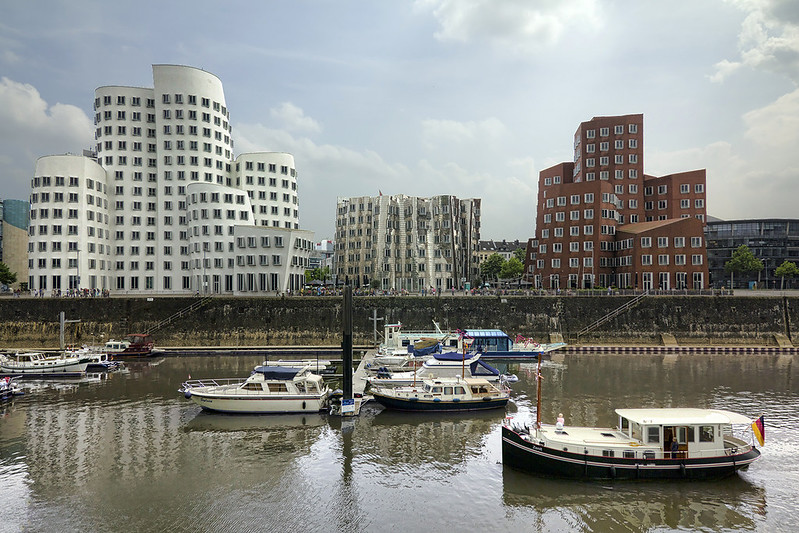

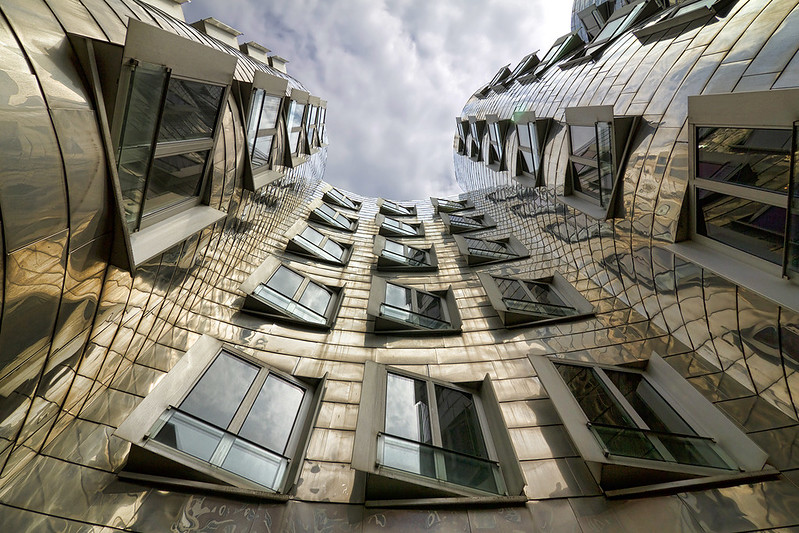
To contribute your Flickr images for consideration, just:
:: Join and add photos to the archidose poolTo contribute your Instagram images for consideration, just:
:: Tag your photos #archidose



:: Join and add photos to the archidose poolTo contribute your Instagram images for consideration, just:
:: Tag your photos #archidose






Tara Donovan creates large-scale installations and sculptures made from everyday objects. Known for her commitment to process, she has earned acclaim for her ability to discover the inherent physical characteristics of an object and transform it into art. Tara Donovan, the Parrish Art Museum's 2015 Platform artist, will develop a new installation that relates to the space, context, and environmental conditions of the museum. Donovan poetically transforms accumulated materials such as drinking straws, index cards, slinky toys, and other surprising objects into formations that appear geological, biological, or otherwise naturally occurring.
Platform is an open-ended invitation to a single artist per year to present a project within the building and grounds of the Parrish Art Museum. Platform invites artists to consider the entire museum as a potential site for works that transcend disciplinary boundaries, encouraging new ways to experience art, architecture, and the landscape.

German visual artist Andreas Gursky is renowned for his monumentally scaled photographs—grand urban and natural landscape vistas and large format architecture—created from a dispassionate, omniscient point of view. Highly detailed, Gursky's images are at once dead-pan observational and transcendent. He rigorously composes his expansive views to envelope viewers with dizzying scale, detail, and color—effects he often heightens through digital manipulation of the image. Gursky has been instrumental in defining contemporary German art in the 1990s. The exhibition focuses on some of his most enigmatic images of landscape, water, and architectural detail.

Image Building explores the complex and dynamic relationship among the spectator, photography, architecture, and time through the lens of architectural photography in America and Europe from the 1920s to the present. Organized by guest curator Therese Lichtenstein, Image Building will survey the ways in which historical and contemporary photographers explore the relationship between architecture and identity, featuring contemporary photographers Iwan Baan, Hiroshi Sugimoto, Andreas Gursky, Candida Höfer, Thomas Ruff, Stephen Shore, and Lewis Baltz, and earlier modernist architectural photographers like Julius Shulman, Ezra Stoller, Samuel Gottscho, and Berenice Abbott. The influential works of all these photographers transformed our vision and concept of architecture.
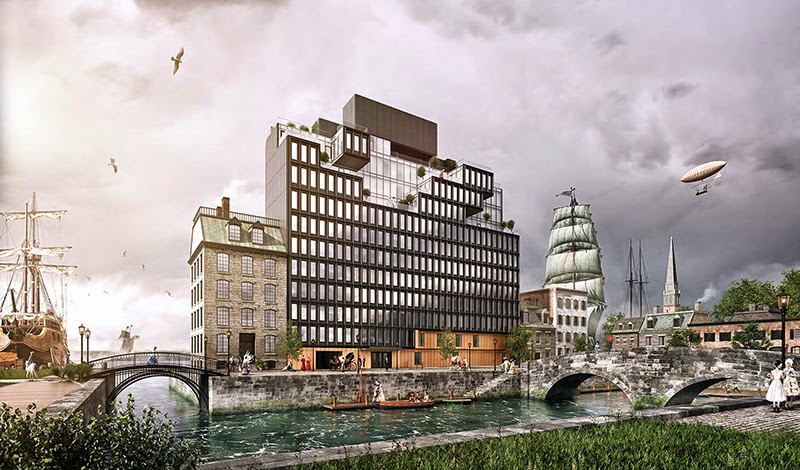







AFTERTASTE 2015: Inside Imagination - SCE
February 27 + 28, 2015
Friday 6-8pm, Tishman Auditorium, University Center, 63 Fifth Avenue, New York City
Saturday 10-6pm, Kellen Auditorium, 66 Fifth Avenue, New York City
What does it take to imagine? We live in an era of environmental crisis and political unrest when complex systems and data analysis dictate projections of an uncertain future. Interiorists study existing places and are charged with imagining new worlds. In AfterTaste 2015, we draw inspiration from artists, educators, writers, and scientists who work to transcend what we know, to catapult culture into areas inspired and new.
Designers and thinkers who cultivate the imagination conjure futures, thinking beyond problem solving to that which has not existed before. What is the spark that creates new possibilities? How can we promote and develop imaginations that can envision and create interiors for an unknown future, rather than being beholden to the past? How can we cultivate the unknown in a culture increasingly defined by big data and digital devices of distraction?
On February 27 and 28, 2015, imagination alchemists, designers and experts gather to think and enact new possibilities and alternative paths through the interior of the imagination. The schedule of events will be as follows; please take special note of the location changes during Saturday’s events:
FRIDAY, FEBRUARY 27
6-8pm, Auditorium, University Center, 63 Fifth Avenue
Social Dynamics in Space: 3 Musical Explorations, presented by Michael Schober
Reception on Stage
SATURDAY, FEBRUARY 28
10am-1230pm, Kellen Auditorium, 66 Fifth Avenue
Kyna Leski, John Warner, and Linnaea Tillett with David J Lewis, Interlocutor
130pm-230pm, Tishman Auditorium, University Center, 63 Fifth Avenue
Experiment in Performance presented by Jean Taylor, Eric Nightengale, Andres Petruscak
245pm-600pm, Kellen Auditorium, 66 Fifth Avenue, 2:45 – 6:00
Gael Towey, Gary Graham, and Joan Richards with Shannon Mattern, Interlocutor
Participants include: Kyna Leski, Professor, Department of Architecture RISD; John Warner, PhD, Co-Founder of Green Chemistry; Gary Graham, Designer of Fashion; Linnaea Tillett, Designer of Light; Jean Taylor, Actress, Teaching Artist; Mathias Kunzli, Drummer, Percussionist; Michael Schober, Professor, School of Social Research, The New School; Joan Richards, PhD,Professor, Department of History Brown University; Gael Towey, Storyteller, Creative Director; Daniel Carter, Muscian, Writer.




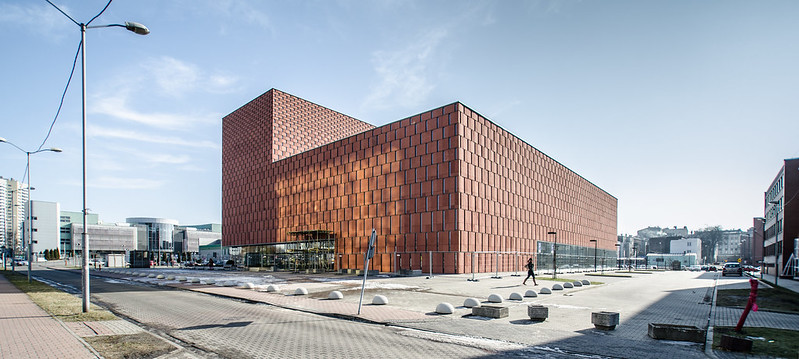
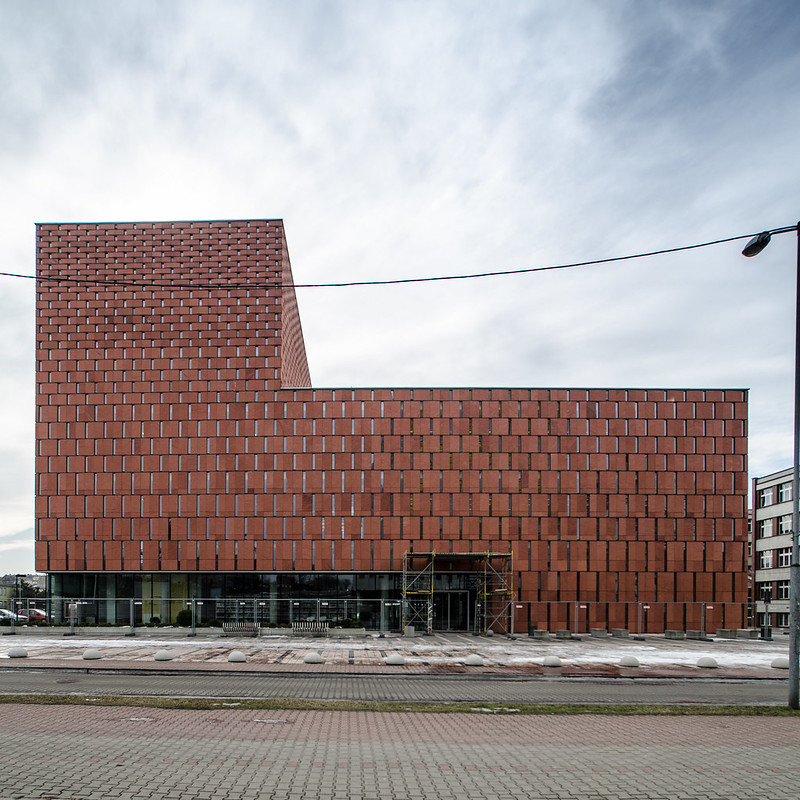
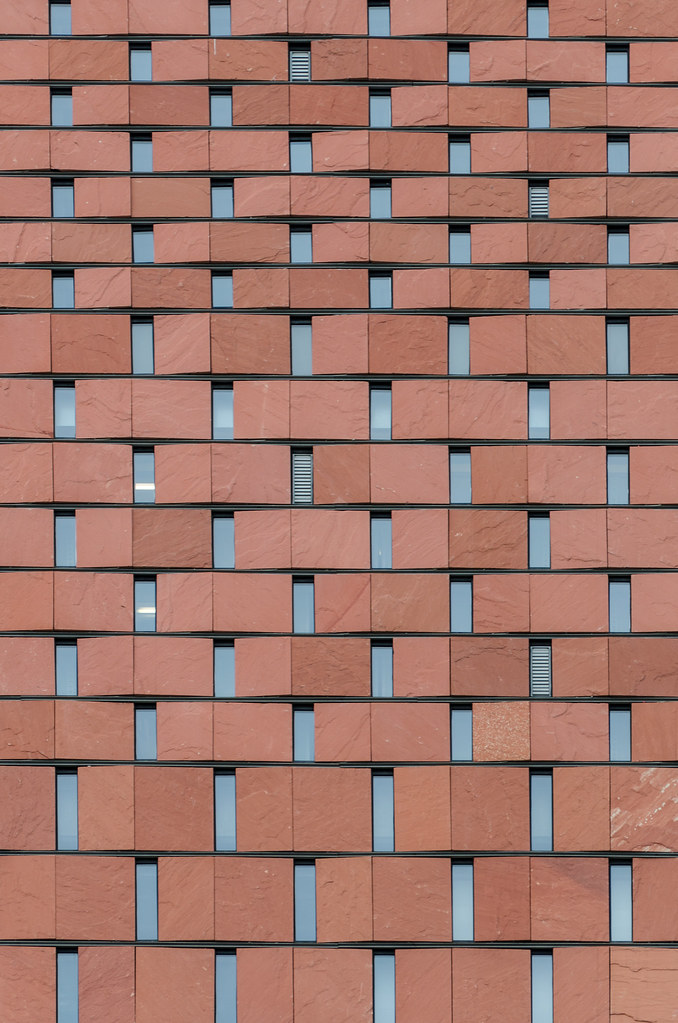
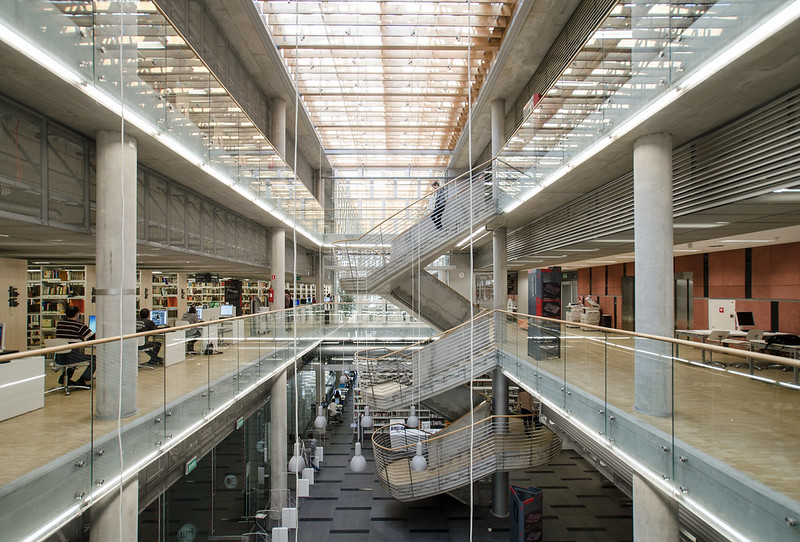
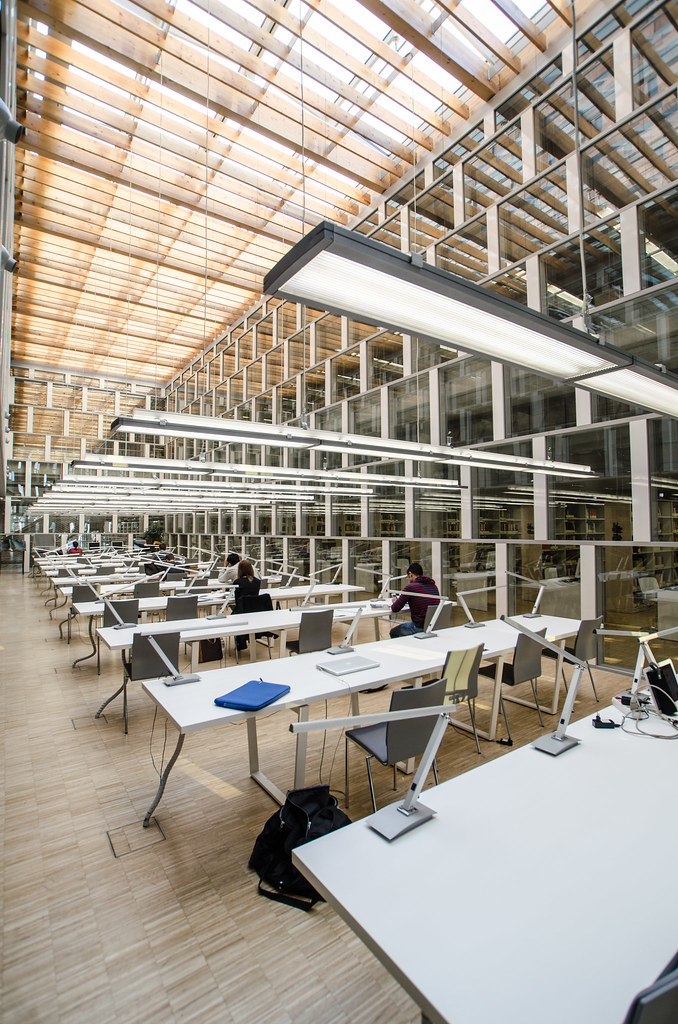
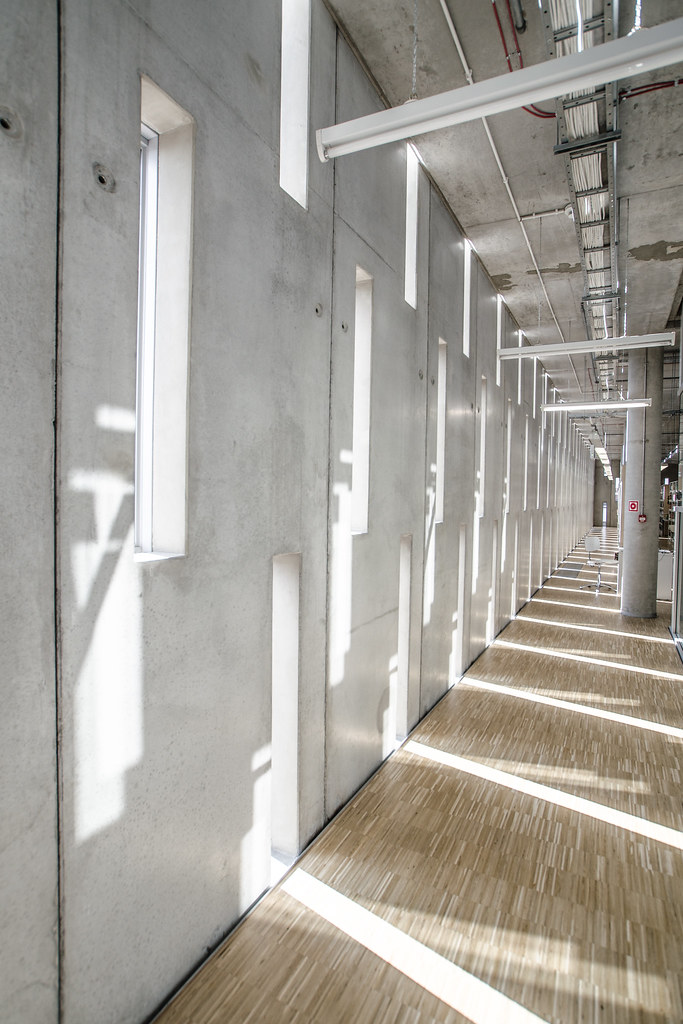
:: Join and add photos to the archidose poolTo contribute your Instagram images for consideration, just:
:: Tag your photos #archidose
The Skystone Foundation has announced that James Turrell’s Roden Crater project near Flagstaff, Arizona will be opened from May 14 to May 17 with limited access reserved at five-thousand dollars per person.




SoArch Spring 2015 Lecture Series
BERNARD TSCHUMI
Bernard Tschumi Architects, New York, Paris
Professor, Columbia University
Concept and Notation
Friday 27 February at 5:30pm, Carnegie Lecture Hall
Alan H Rider Distinguished Lecture
Cosponsored by the Heinz Architectural Center at Carnegie Museum of Art
Bernard Tschumi is an architect based in New York and Paris. First known as a theorist, he exhibited and published The Manhattan Transcripts and wrote Architecture and Disjunction, a series of theoretical essays. Major built works include the Parc de la Villette, the New Acropolis Museum, Le Fresnoy Center for the Contemporary Arts, MuséoParc Alésia, and the Paris Zoo. He was the Dean of the Graduate School of Architecture, Planning, and Preservation at Columbia University in New York from 1988 to 2003. His most recent book is Architecture Concepts: Red is Not a Color, a comprehensive collection of his conceptual and built projects. His drawings and models are in the collections of several major museums, including MoMA in New York and the Centre Pompidou in Paris; in the spring of 2014, a major retrospective of his work was on view at the Pompidou, with an important bilingual catalogue entitled Bernard Tschumi, Concept and Notation.
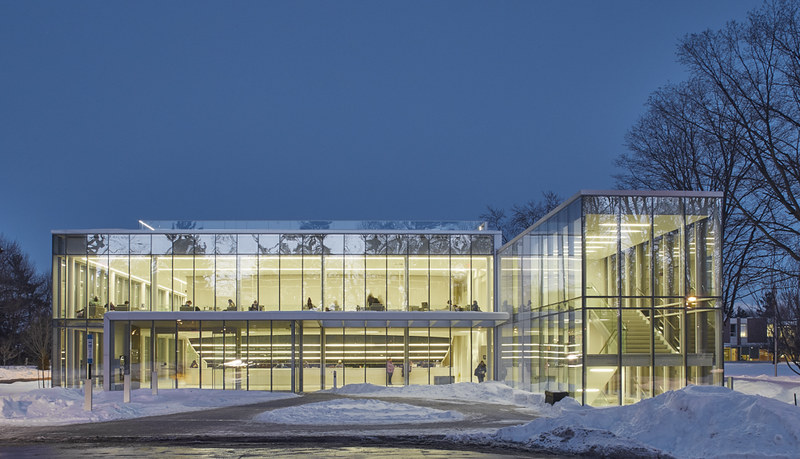


:: Join and add photos to the archidose poolTo contribute your Instagram images for consideration, just:
:: Tag your photos #archidose







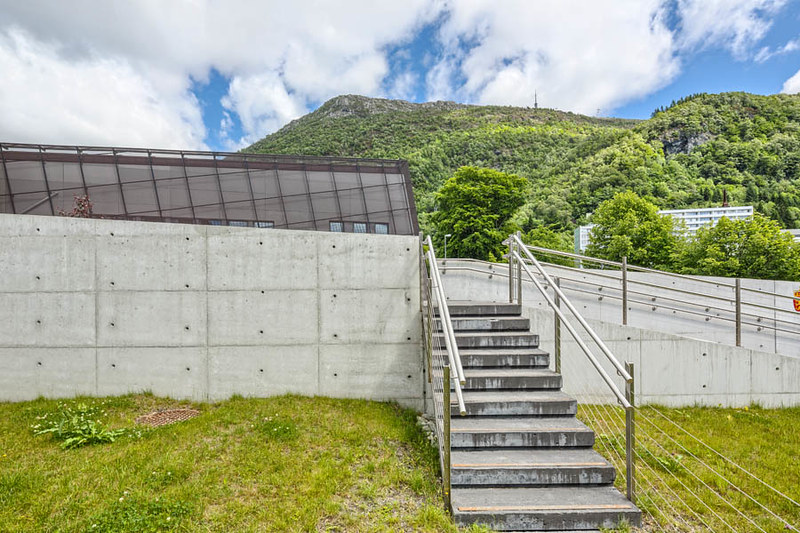
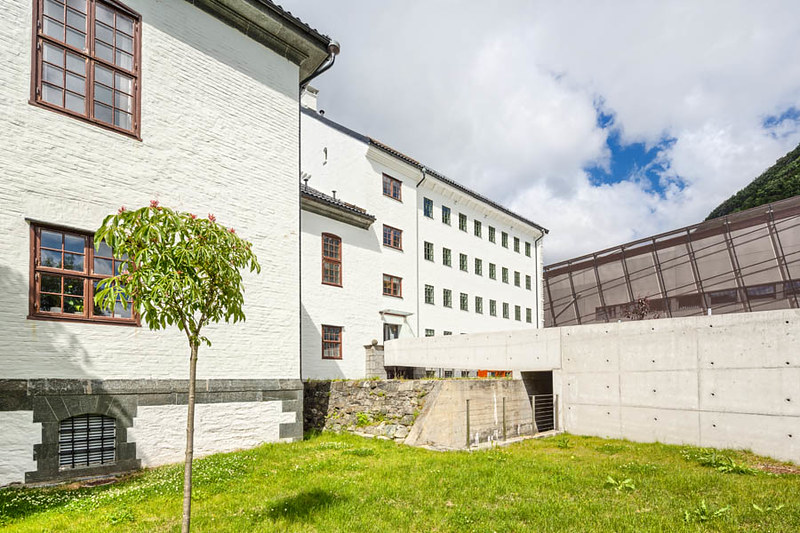
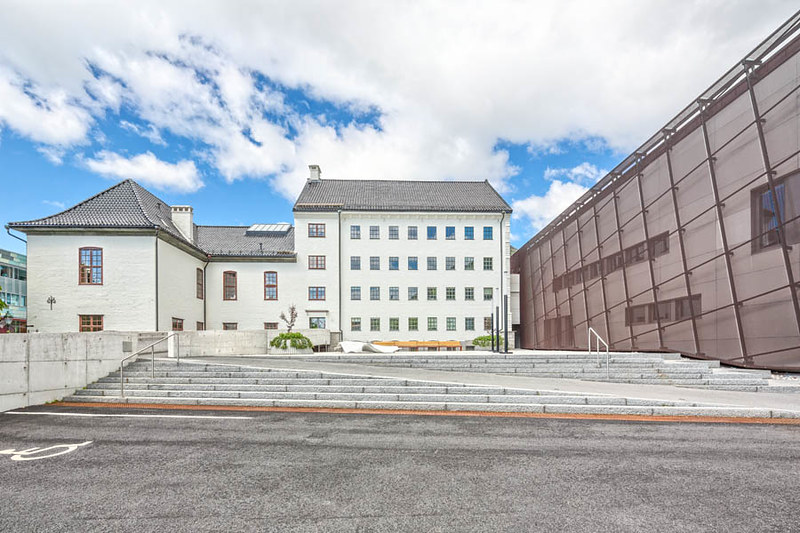
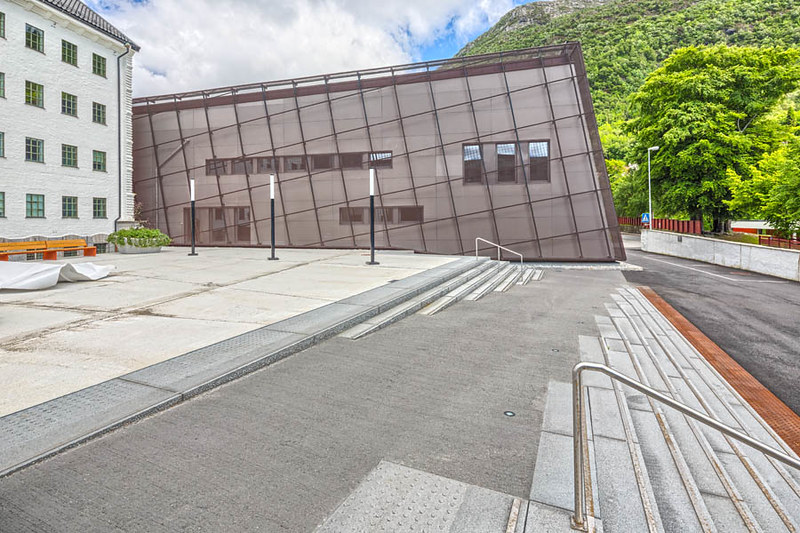
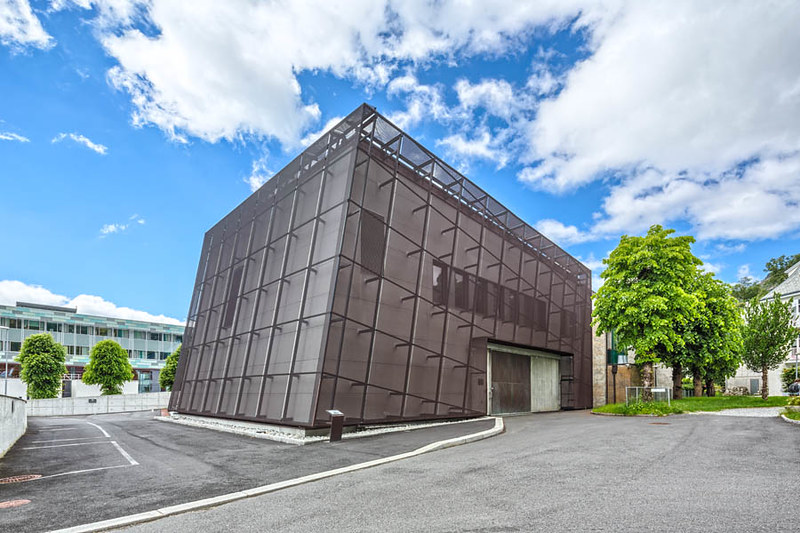
:: Join and add photos to the archidose poolTo contribute your Instagram images for consideration, just:
:: Tag your photos #archidose